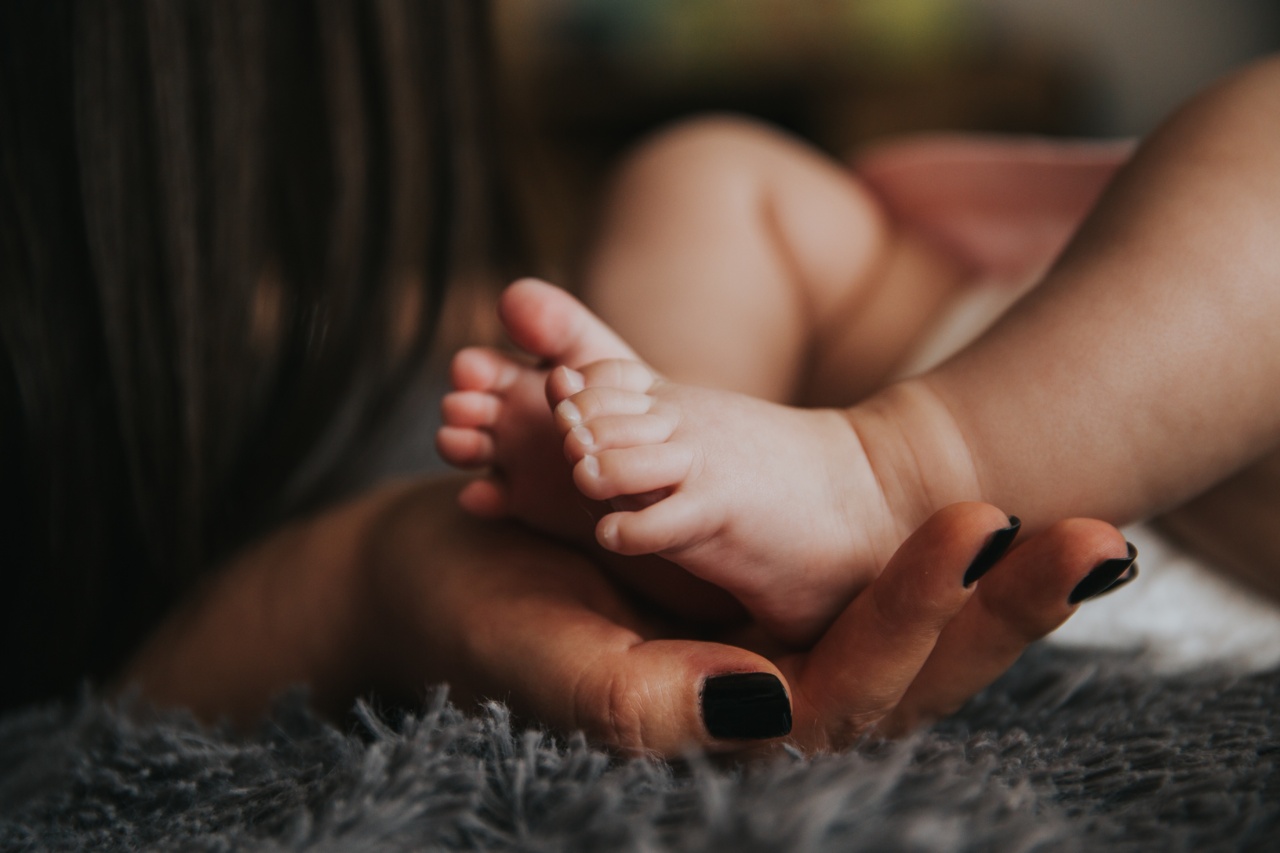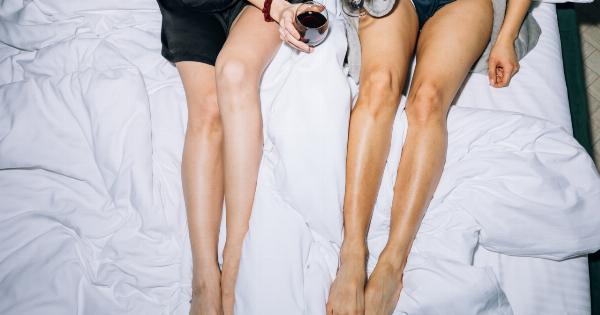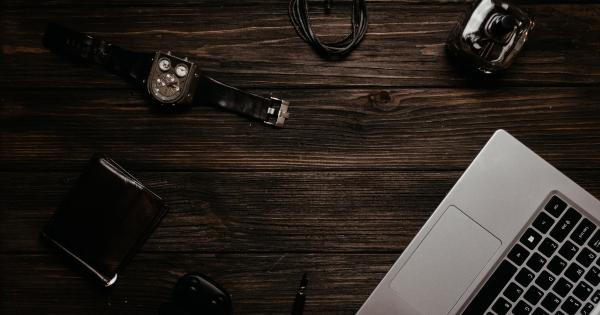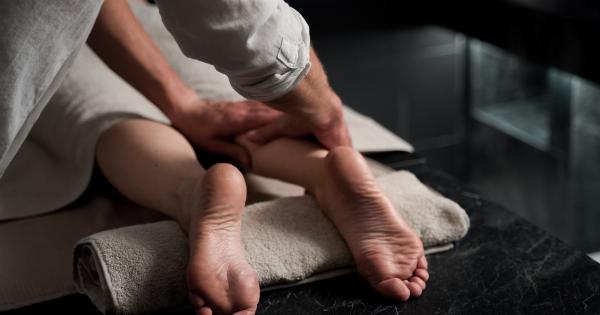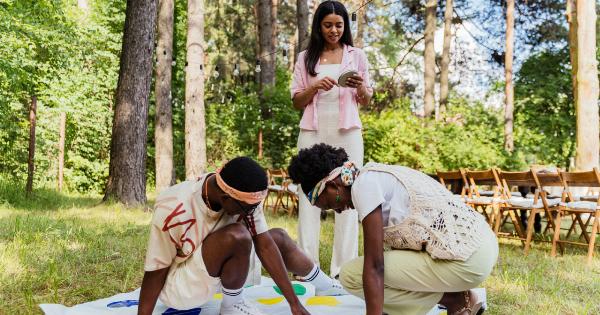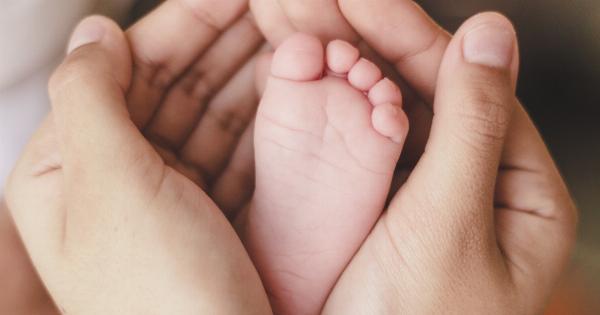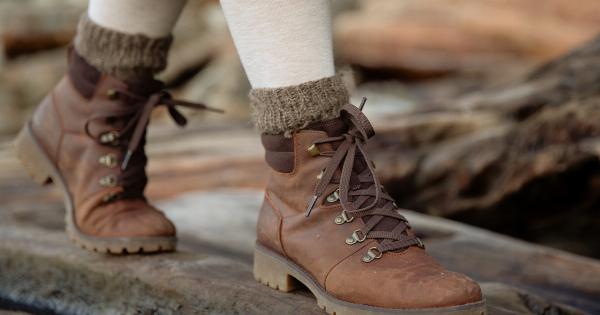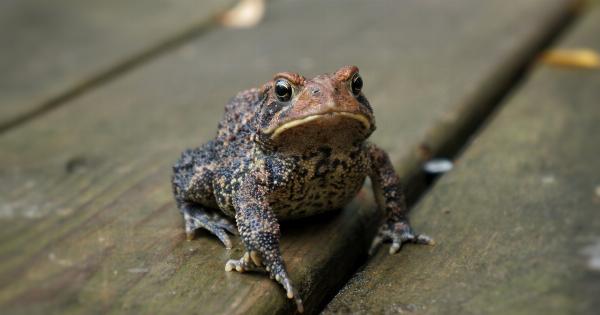Walking or running is the simplest form of exercise. It improves cardiovascular health, burns calories, and strengthens your muscles. However, these benefits come with one common problem: blisters.
A blister is a fluid-filled bump on your skin caused by friction, heat, or cold. It can be painful, and if left untreated, it can lead to infection. So, how can you prevent blisters and keep your legs healthy? Here are some tips:.
Choose the right shoes
Your shoes play a crucial role in preventing blisters. When buying shoes, make sure they fit properly, have enough cushioning, and are made of breathable materials. Shoes that are too tight or too loose can cause friction and lead to blisters.
Look for shoes that have a wide toe box, flexible sole, and good arch support. If you’re a runner, consider investing in running-specific shoes that provide adequate shock absorption and stability.
Wear moisture-wicking socks
Socks are as important as shoes in preventing blisters. Avoid cotton socks, as they absorb moisture and can lead to chafing. Instead, wear socks made of synthetic or wool materials that can wick away moisture and keep your feet dry.
Some socks come with extra padding or reinforced heels and toes to provide additional protection against blisters. Change your socks frequently, especially if they become damp or sweaty.
Keep your feet dry
Moisture is a major contributor to blisters. If you’re walking or running in wet conditions, wear waterproof shoes or covers to keep your feet dry. If your feet get wet, dry them thoroughly and change your socks as soon as possible.
Use foot powder or anti-chafing products to reduce friction and absorb moisture. If you’re prone to blisters, consider applying a blister block or bandage to the areas that are vulnerable.
Break in your shoes
New shoes can be stiff and cause blisters if you don’t break them in properly. Start by wearing them for short periods and gradually increase the duration over a few weeks. This will allow your feet to adjust to the new shoes and prevent blisters.
If you’re planning a long walk or run, make sure you wear your shoes and socks for several hours beforehand to ensure they’re comfortable.
Use proper technique
Your walking or running technique can also affect your risk of getting blisters. Make sure you’re using proper form, such as landing on the middle or front of your foot instead of your heel.
This can reduce pressure on your feet and prevent blisters. Keep your toenails trimmed to avoid them rubbing against your shoes. If you’re carrying a backpack or wearing tight clothing, make sure they’re not rubbing against your skin.
Take care of your feet
Good foot hygiene can also prevent blisters. Make sure you’re washing your feet regularly with soap and water and drying them thoroughly. Apply a moisturizer to keep your skin soft and supple, which can reduce friction and prevent blisters.
If you have calluses or rough spots, use a pumice stone or foot file to smooth them out. If you have any foot conditions, such as athlete’s foot or toenail fungus, treat them promptly to avoid complications.
Know when to seek help
Most blisters can be treated at home with simple remedies, such as applying a bandage or antibiotic ointment. However, if you have a large or painful blister, or if it’s become infected, seek medical attention.
Your doctor can drain the blister and prescribe antibiotics if necessary. If you have diabetes or other chronic conditions, you should be especially careful about foot care and consult your doctor if you have any concerns.
Conclusion
With these tips, you can prevent blisters and keep your legs healthy for a lifetime. Remember to choose the right shoes and socks, keep your feet dry, break in your shoes, use proper technique, and take care of your feet.
If you do get a blister, treat it promptly and seek medical attention if necessary. By following these guidelines, you can enjoy the benefits of walking and running without worrying about painful blisters.
